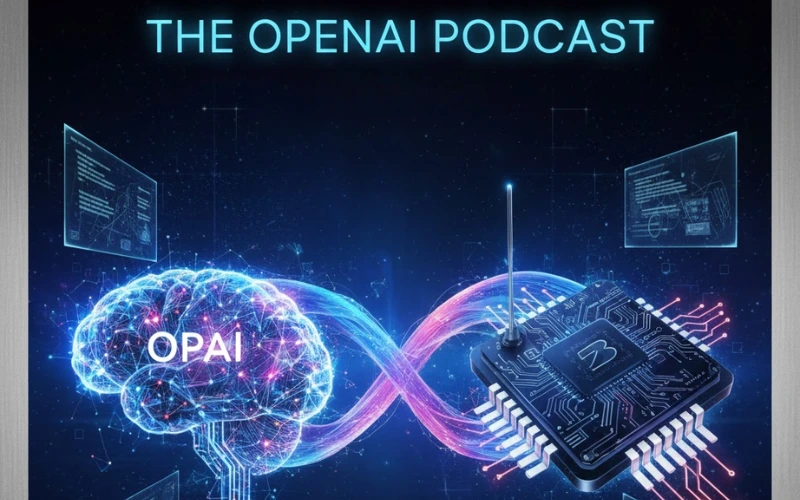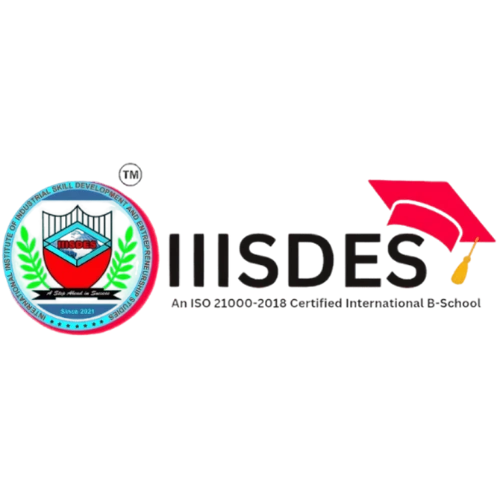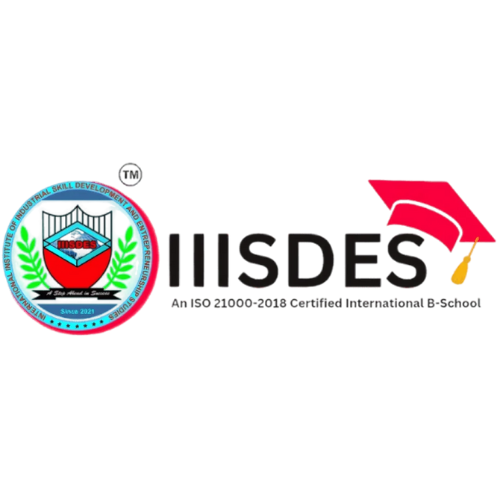
Introduction
On October 13, 2025, OpenAI published the 8th installment of their podcast series titled “OpenAI x Broadcom and the Future of Computers”.
The highlight of that episode was the discussion of OpenAI executives (Sam Altman, Greg Brockman) with Broadcom’s Hock Tan and Charlie Kawwas about a new strategic collaboration in which OpenAI will design custom AI accelerators, and Broadcom will build and deploy them on a large scale.
This podcast announcement is part of a bigger public reveal of the partnership message that the two companies will deploy 10 gigawatts of AI accelerator capacity (plus associated networking systems) from 2026 through 2029.
Broadcom's plan to supply the AI infrastructure at this scale has attracted a lot of attention — in tech media, financial markets, and among analysts — because it both signals a change in the construction of AI infrastructure and OpenAI’s desire to have more control over their computer stack.
Below is a full breakdown: what was announced, technical and business implications, reactions and risks, and what might happen next.
What Was Announced in the Podcast and Press Release
Core Deal and Scope
OpenAI and Broadcom will jointly deliver 10 GW of custom AI accelerators and network systems over several years, with the first deployments starting in the second half of 2026 and concluding by the end of 2029.
OpenAI will design the accelerators and the overall system architecture (i.e., what the chips do, how they connect, how they serve OpenAI’s models), while Broadcom will be in charge of development, manufacturing integration, and the deployment of racks/infrastructure.
These components will also utilise Broadcom’s Ethernet-based networking technologies (switches, PCIe, optical connectivity, etc.) to create end-to-end clusters.
One of the goals is to literally embed model insights and performance characteristics into the hardware — that is, designing hardware optimally for what OpenAI’s models require instead of using general-purpose chips.
What Was Said in the Podcast
On the podcast, a couple of interesting points came out:
Greg Brockman said that OpenAI has employed its models (or optimisation methods) to make the chip design process faster. To be exact, he mentioned that in one instance AI found a more efficient use of the chip area for a task much faster than engineers would have in a normal time frame.
They talked about the scale of the computing needs and the difficulty of completely depending on third-party vendors. If OpenAI can have a hand in designing its own hardware, it will be able to better match compute infrastructure with future model requirements.
They were not focusing on this collaboration just as a way to save money but rather as a way to increase their capabilities: by having control over the hardware layer, they will be able to push more tightly integrated systems (hardware + software), which will open new performance and efficiency trade-offs.
The podcast also explains how compute is not only critical to model training but also to deploying inference at scale and that the way to AGI (artificial general intelligence) is very much dependent on breakthroughs in infrastructure.
Why This Deal Matters
Reducing Dependency on Existing Providers
Up to now, OpenAI and many AI startups have relied heavily on chips from Nvidia, AMD, and the corresponding hardware ecosystems. In recent years, the pressure on supply (chip demand, scarcity, pricing) has been significant. The new collaboration signals OpenAI’s intention to take more control over its supply chain and reduce reliance on “off-the-shelf” GPU/accelerator providers.
By designing its own chip and coupling it with networking infrastructure, OpenAI hopes to optimise performance per watt, latency, and throughput and better tailor the hardware to the specific demands of its models.
Signaling a Shift in Networking Approach
A notable technical choice is that OpenAI/Broadcom plan to build these clusters on Ethernet-based interconnects rather than relying solely on alternative high-speed fabrics (like InfiniBand) that are more common in high-performance computing contexts.
This is significant because Ethernet is ubiquitous, open, and interoperable. The move suggests a push toward more open, flexible infrastructure that avoids vendor lock-in. It could shift how future AI data centres are designed (i.e., the dominance of proprietary interconnects might be challenged).
Market & Competitive Impact
The deal was enough to send Broadcom shares surging (~~9% jump) on the announcement.
OpenAI
Analysts have interpreted the move as OpenAI attempting a strategy somewhat akin to “Google building its own tensor chips" — i.e., internalising critical infrastructure to reduce cost and improve differentiation.
Broadcom is emerging as a bigger player in the AI infrastructure ecosystem (beyond simply being a component vendor) by taking on system-level roles in collaboration with AI companies.
Stratechery by Ben Thompson
Some analysts remain sceptical that this will threaten dominant GPU/accelerator vendors in the near term — building a custom chip is extremely expensive, complex, and risky.
What Next to Monitor and Step in if Necessary
First deployments in 2026
Initial units are expected in late 2026. Those interested will observe quality, output, dependability, and if OpenAI is able to achieve their planned goals.
Benchmarks/compare performance
These tailor-made accelerators' training speed, inference cost and energy efficiency to be compared with those of the latest GPUs or accelerators will indicate the level of progress made significantly.
Scalability and operational stability
Mass production, energy use, ventilation, interconnect trustworthiness, and data centre management require sophisticated engineering and pose a great challenge.
Model–hardware coevolution
Eventually, it will be OpenAI whether they advance their models to take full advantage of the strength (and to get rid of the weakness) of their custom hardware.
Ecosystem and Third-party adoption
OpenAI or Broadcom licensing these accelerators to partners? Or extending them? Internal-only will be the choice of remaining or openness, which will impact how the industry reacts.
Competitive moves
Other players (Google, Microsoft, Meta) are likely to speed up their hardware plans as a result. The AI chip wars may become more intense behind this.
Financial disclosures, margins, risks
Investors will over time ask for more insight into the company’s costs, returns, and risk exposures. The management of the company will be under close scrutiny.
Summary
The OpenAI Podcast Episode 8 was a launchpad for a defining gesture to be seen by all: The production of 10 GW of custom AI accelerators along with the deployment of Ethernet-based networking architecture, in collaboration with
Broadcom was the landmark move by OpenAI. This is a huge ambition. OpenAI is in essence, communicating that their aim is not just to create models by software but also to
Determine the hardware that will be the basis for the models.
The step is courageous, costly, and a risky territory. However, if it turns out to be a success, it may be the means that determines who
has control over the compute stack in AI — generic hardware vendors or compute-native AI firms. We are thus having a high-stakes bet to scrutinize closely: Can OpenAI
operate on such a scale? Will the performance improvements justify the cost?
investment? And will this mean the dawn of a new era where AI firms have their own infrastructure?
If you want, I can also provide you with a timeline of the related deals (with AMD).
Nvidia or a comparative moving analysis of AI companies. Should I prepare that for you next?







